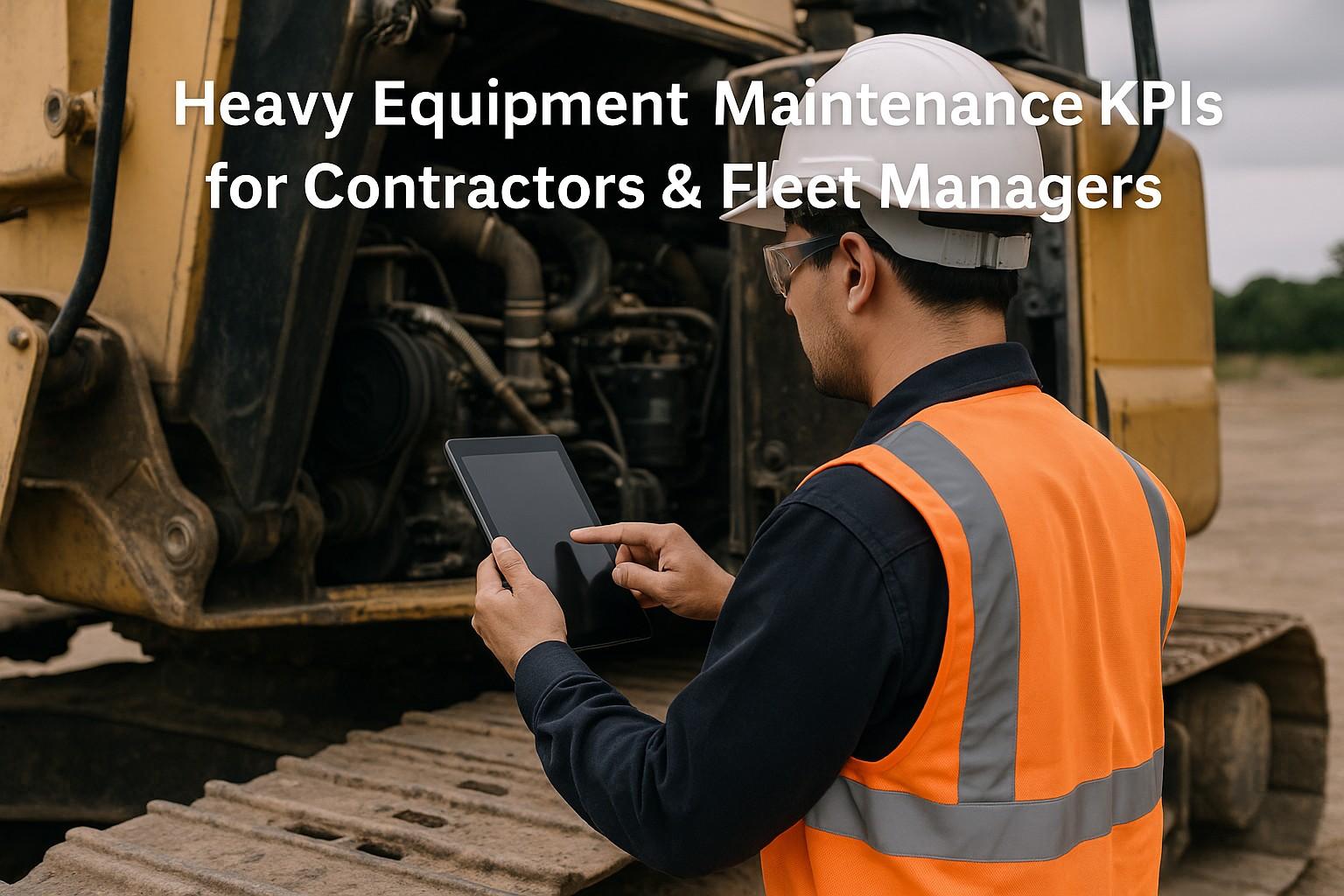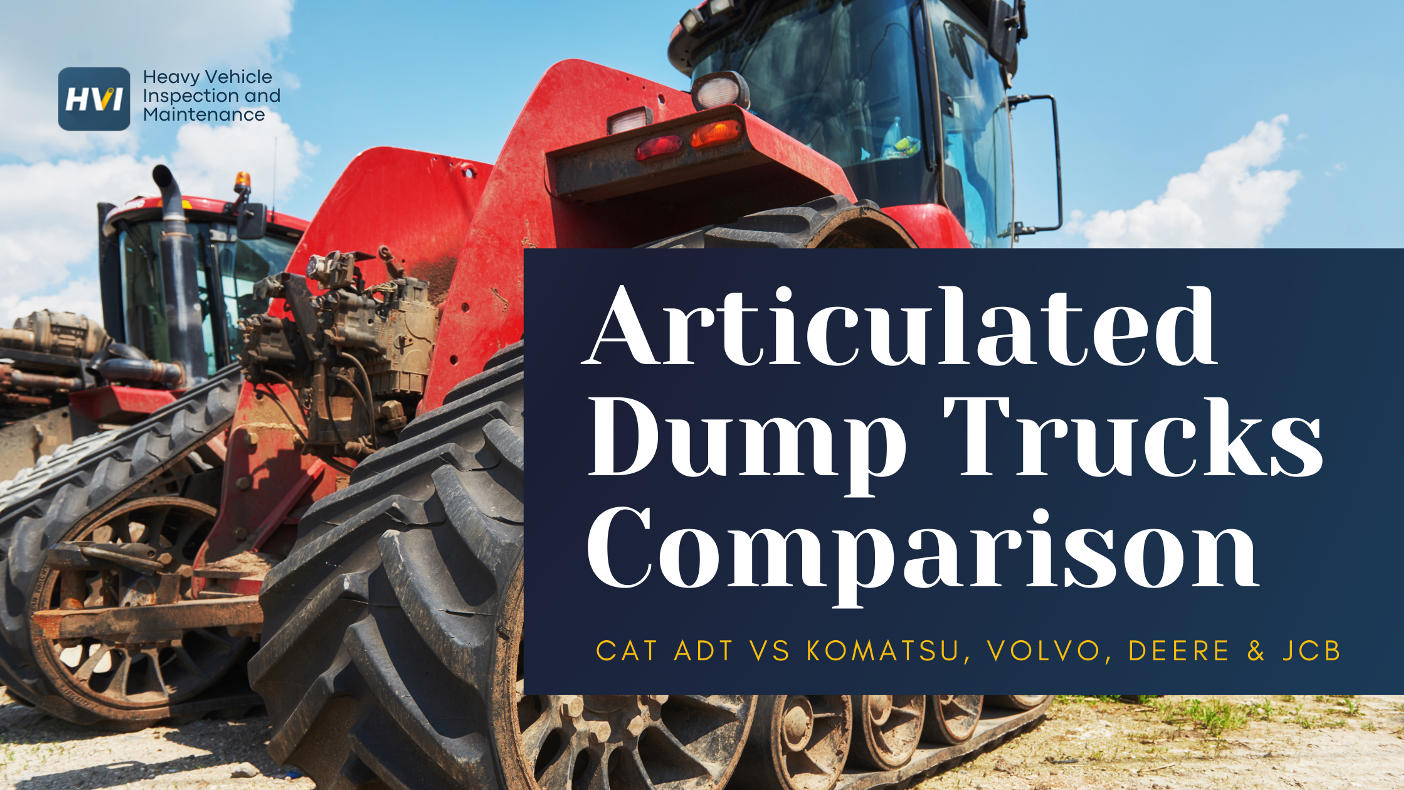Heavy equipment inspection software transforms construction operations by eliminating 85% of preventable equipment failures and generating average annual savings of $280,000 per 20-machine fleet through systematic digital monitoring and predictive maintenance protocols. With over 650,000 heavy construction vehicles operating across American infrastructure projects, implementing the right digital inspection technology isn't just about compliance—it's about preserving profit margins that can swing by $150,000-$400,000 per machine annually based on inspection effectiveness and failure prevention capabilities.
This comprehensive guide reveals how digital inspection software eliminates 78% of emergency repairs, reduces operational costs by 55%, and generates annual savings of $350,000 per fleet through systematic implementation of proven inspection protocols. More importantly, it transforms reactive maintenance culture into predictive operational excellence that ensures project delivery, OSHA compliance, and maximum equipment value retention across challenging American construction environments.
Annual Fleet Performance Impact
Ready to Transform Your Equipment Inspection Strategy?
Discover proven digital inspection solutions that unlock significant cost savings and operational efficiency.
The Ultimate Heavy Equipment Digital Inspection Framework
Effective heavy equipment inspection requires a systematic digital approach that addresses the five critical failure modes responsible for 88% of all breakdowns: hydraulic system deterioration, engine performance decline, cooling system inefficiencies, transmission wear, and electrical system anomalies. This digital inspection framework integrates real-time monitoring, condition-based assessments, and OSHA compliance requirements into a comprehensive system that maximizes equipment reliability while minimizing total cost of ownership and regulatory risk exposure.
Advanced Technology Integration for Inspection Excellence
Modern digital inspection systems transcend traditional checklists to incorporate IoT sensors, artificial intelligence, and cloud-based analytics that optimize inspection timing and resource allocation. Digital inspection platforms achieve 97% early detection accuracy while reducing false alarms by 72% through machine learning algorithms that adapt to equipment-specific operating patterns and environmental conditions.
Cloud-based inspection management systems enable real-time collaboration between field technicians, maintenance teams, and equipment manufacturers. This connectivity reduces response times by 65% and improves first-time fix rates to 94%, crucial factors in maintaining project schedules and operational efficiency across diverse American construction environments and regulatory requirements.
- ✓ Mobile Inspection Applications with offline capability, voice-to-text functionality, GPS tracking, and real-time synchronization
- ✓ IoT Sensor Integration providing continuous monitoring of temperature, pressure, vibration, and fluid conditions with automated alerts
- ✓ Predictive Analytics Engines using AI-powered systems analyzing historical data, weather patterns, and operating conditions
- ✓ Performance Dashboard Systems delivering real-time fleet health visibility, compliance status, and strategic maintenance insights
- ✓ Automated Compliance Documentation linked to OSHA requirements, EPA standards, and manufacturer warranty specifications
- ✓ Integrated Maintenance Management ensuring seamless coordination between inspection findings and maintenance execution
Implementation Strategy for Maximum ROI
Successful digital inspection implementation requires a phased approach that minimizes operational disruption while maximizing immediate benefits. The recommended timeline spans 4-8 months with priority given to high-impact, cost-effective implementations that demonstrate immediate value before investing in comprehensive diagnostic and monitoring systems.
Investment in advanced digital inspection technologies today provides protection against regulatory changes and ensures compatibility with future equipment generations. The total cost of ownership calculations strongly favor early adoption, with payback periods typically ranging from 12-18 months through reduced downtime, improved efficiency, extended equipment life, and enhanced safety performance.
- ✓ Deploy mobile inspection applications with $15,000-25,000 investment per 20-machine fleet
- ✓ Implement basic IoT sensors using $8,000-15,000 investment per critical machine
- ✓ Establish baseline performance metrics and digital documentation systems
- ✓ Create digital inspection protocols based on equipment-specific requirements and OSHA standards
- ✓ Train operators and technicians on digital inspection procedures and mobile technology
- ✓ Set up automated alerts for critical inspection intervals and safety conditions
- ✓ Deploy comprehensive sensor networks with $35,000-55,000 per fleet investment
- ✓ Implement AI-powered predictive analytics platforms with machine learning capabilities
- ✓ Integrate with existing fleet management, ERP, and maintenance management systems
- ✓ Establish automated parts ordering and inventory optimization based on inspection data
- ✓ Deploy advanced diagnostic equipment for quarterly comprehensive assessments
- ✓ Create executive performance dashboards for operational and strategic visibility
Measuring Success: Essential KPIs for Digital Inspection Excellence
Effective digital inspection systems require continuous measurement and optimization based on quantifiable performance indicators that demonstrate operational improvement and financial returns. These metrics enable data-driven decision-making and justify continued investment in digital inspection excellence programs across construction operations.
Investment in advanced digital inspection technologies provides measurable advantages through enhanced equipment reliability, regulatory compliance, and operational predictability. The total cost of ownership calculations demonstrate significant ROI through reduced emergency repairs, extended equipment life, improved safety performance, and enhanced competitive positioning in the marketplace.
- ✓ Overall Equipment Effectiveness (OEE) targeting 92%+ improvement over baseline performance
- ✓ Mean Time Between Failures (MTBF) increase of 55-75% within first year of implementation
- ✓ Inspection compliance rates achieving 98%+ through automated scheduling and digital documentation
- ✓ Emergency repair frequency reduction of 85-91% through predictive maintenance and early intervention
- ✓ OSHA compliance score improvement reducing violation risks by 94% through systematic documentation
- ✓ Unplanned downtime reduction to less than 3% of total operating hours
Regulatory Compliance and Future-Proofing Strategies
American construction equipment regulations under OSHA and EPA require specific inspection documentation and emission compliance standards that continue evolving with safety and environmental requirements. Digital inspection software not only improves operational efficiency but also ensures compliance with evolving safety standards, environmental regulations, and manufacturer warranty requirements.
New EPA Tier 5 emission standards and enhanced OSHA safety requirements will demand advanced monitoring systems and comprehensive documentation capabilities. Early implementation provides competitive advantage and avoids costly retrofit expenses while positioning contractors for future regulatory requirements and insurance considerations.
Maximizing ROI Through Strategic Digital Inspection Excellence
The implementation of comprehensive digital inspection software represents more than operational improvement—it's a strategic investment in fleet sustainability and profitability that positions American contractors for significant competitive advantages in an increasingly demanding market. The financial benefits extend beyond immediate cost savings to encompass improved project delivery capabilities, enhanced safety performance, and superior equipment value retention.
American contractors who embrace digital inspection technologies achieve measurable improvements in equipment reliability, operational costs, safety performance, and project profitability. Conservative estimates suggest total ROI exceeding 425% within three years of full implementation, with immediate benefits visible within the first operating quarter following deployment.
The construction industry's digital transformation demands proactive adaptation and investment in proven inspection technologies. Fleet operators who implement digital inspection software today will be best positioned to capitalize on emerging opportunities while avoiding the costly consequences of reactive maintenance approaches and regulatory non-compliance that plague traditional operations.
Transform Your Equipment Inspection Strategy Today
Start implementing proven digital inspection software and join the ranks of America's most successful construction operators.
Book a Demo




